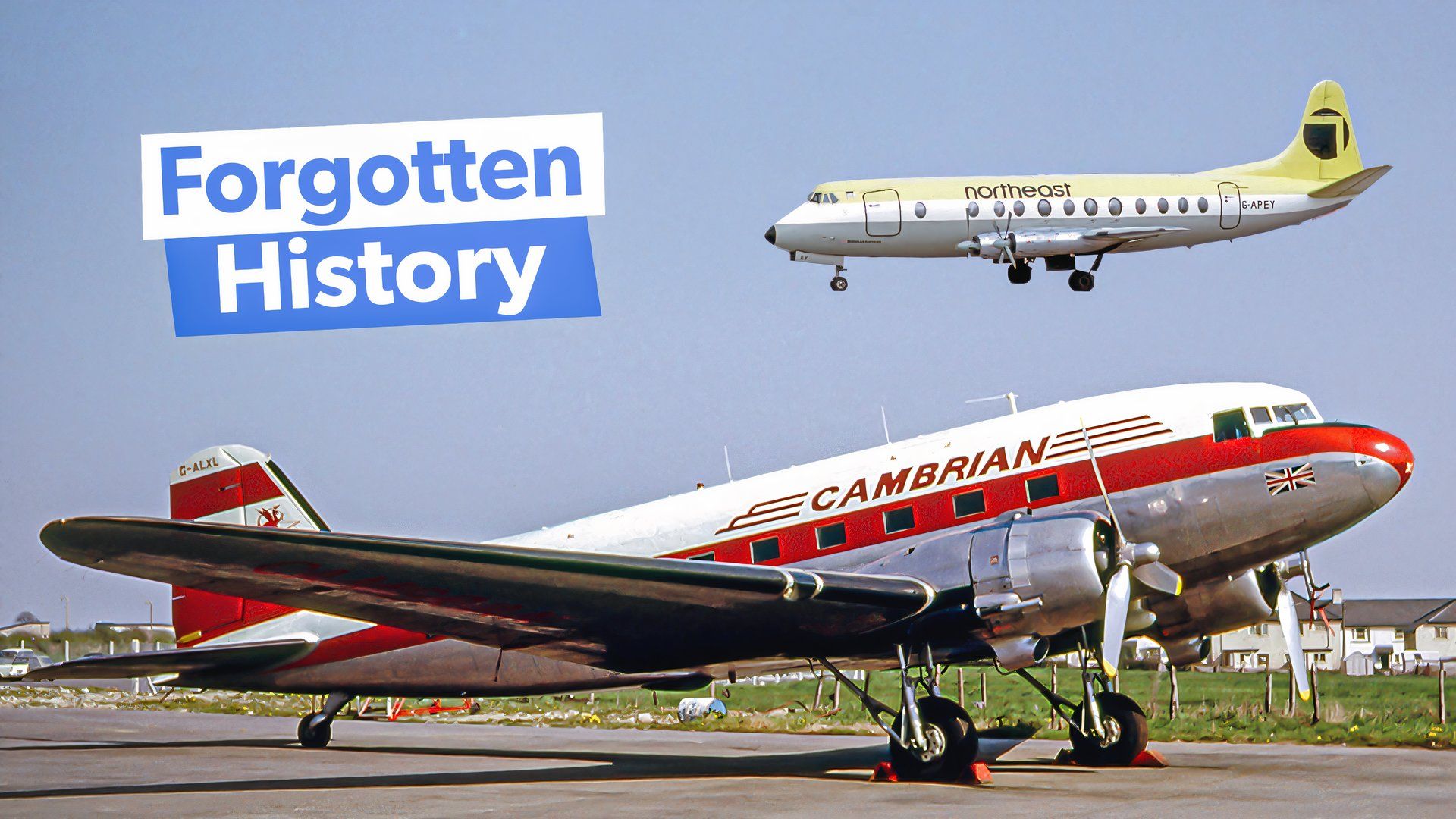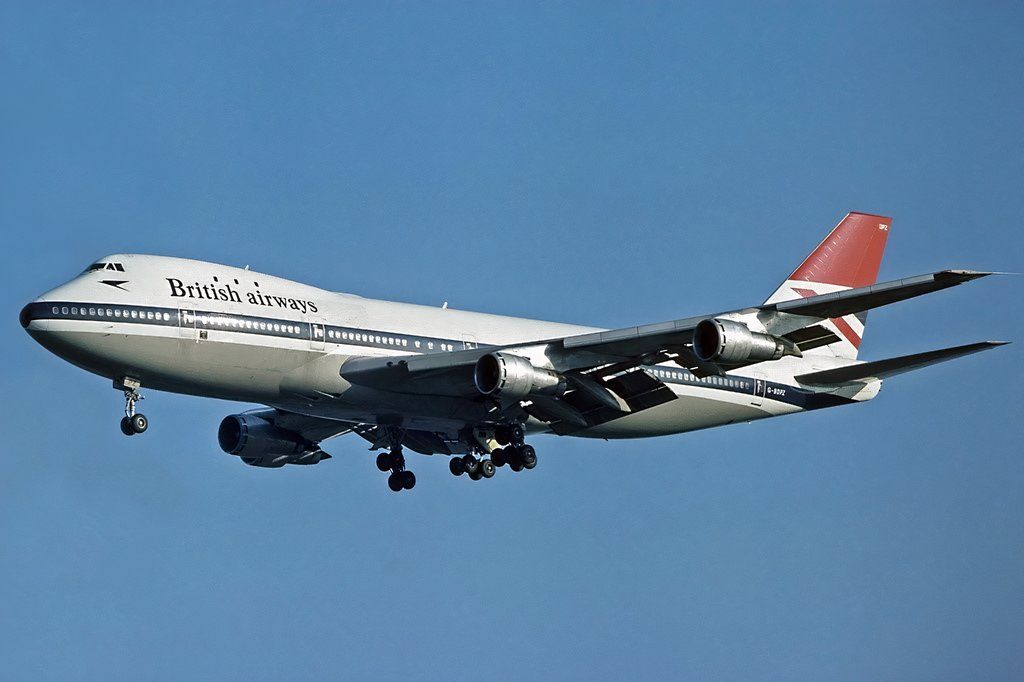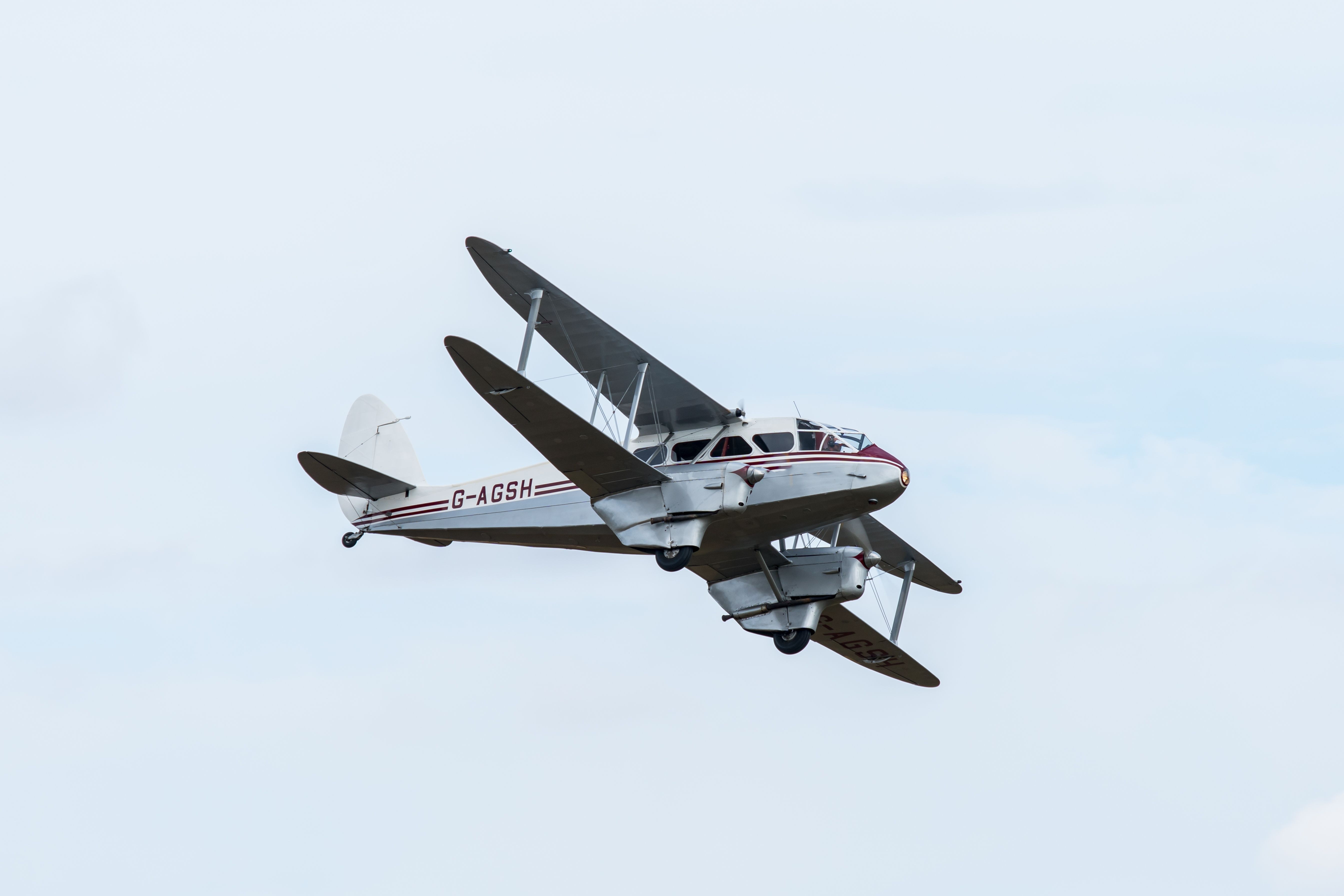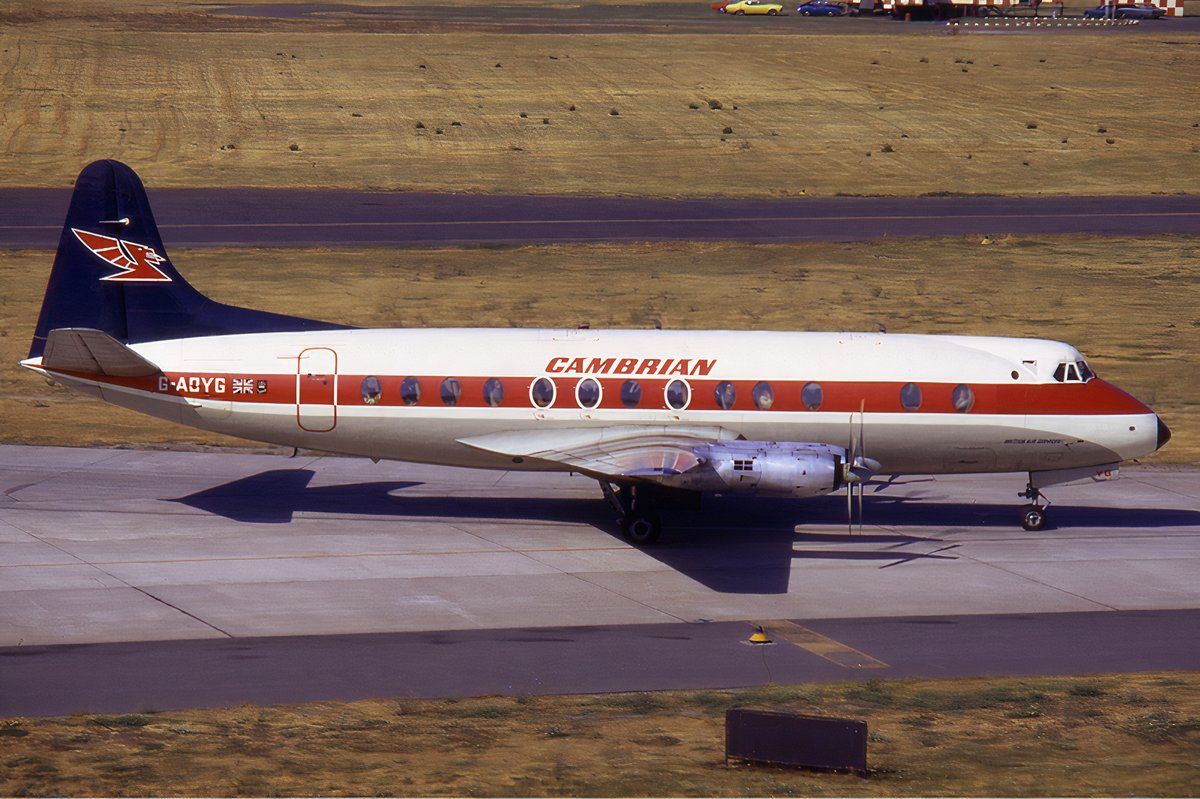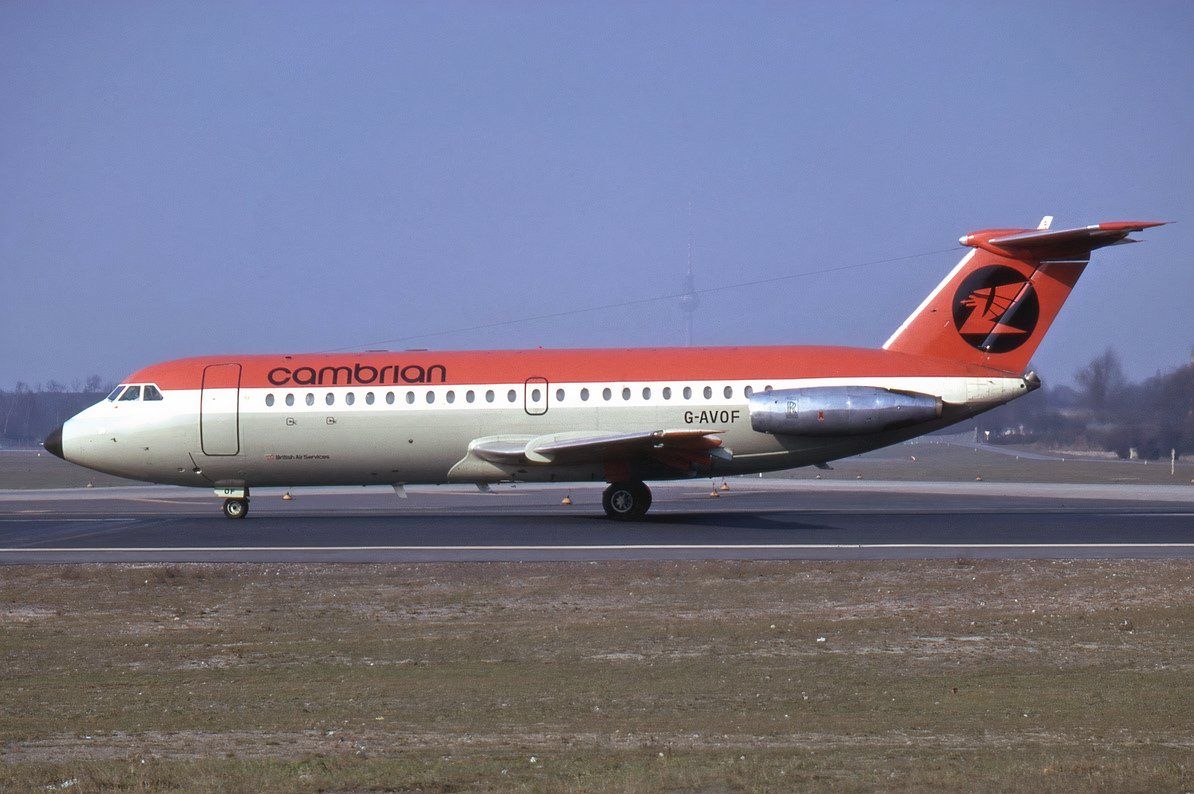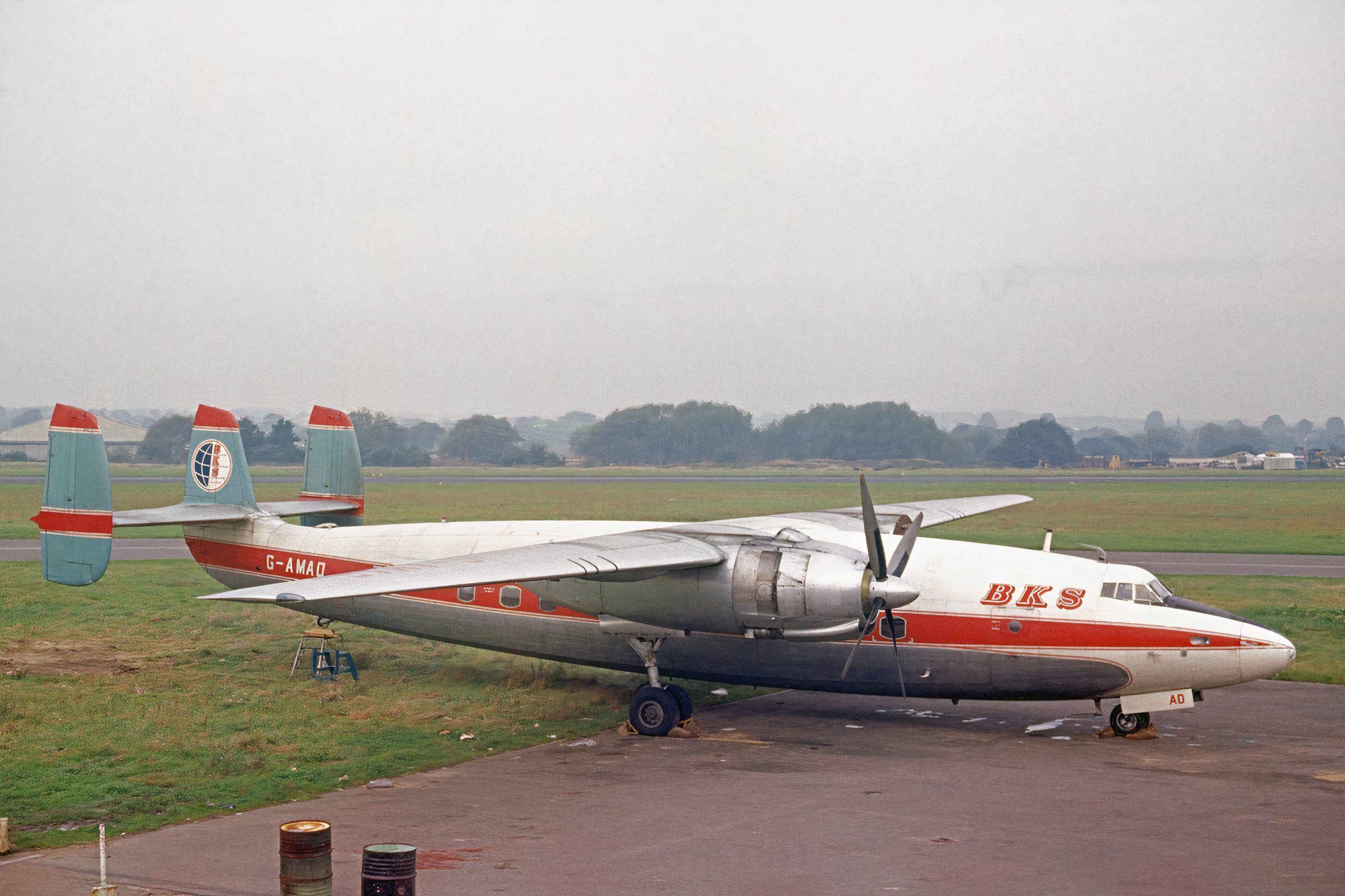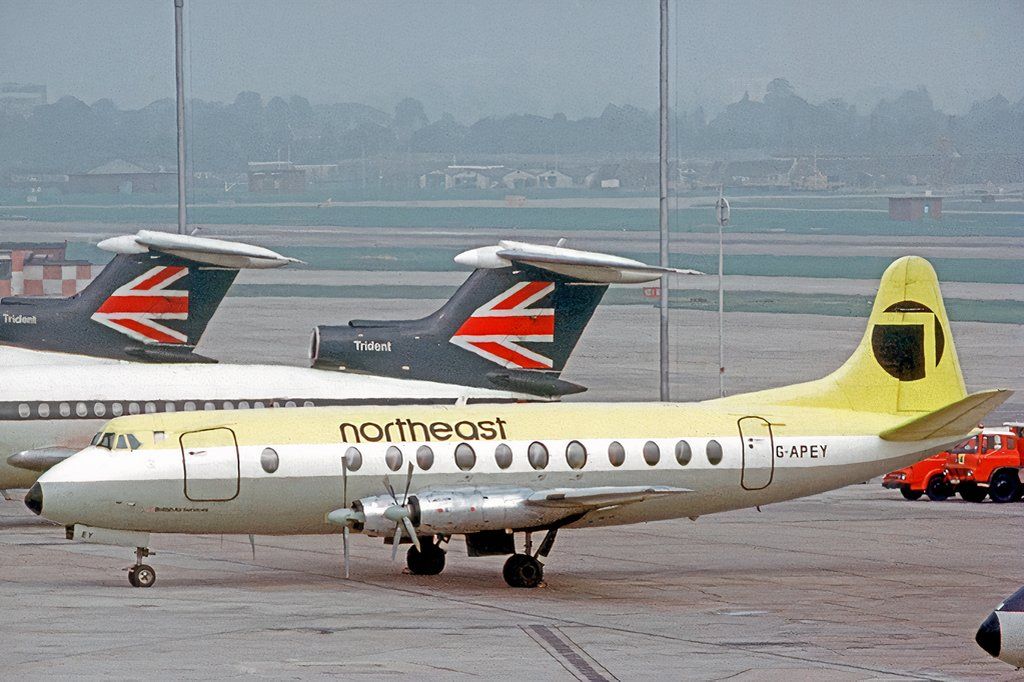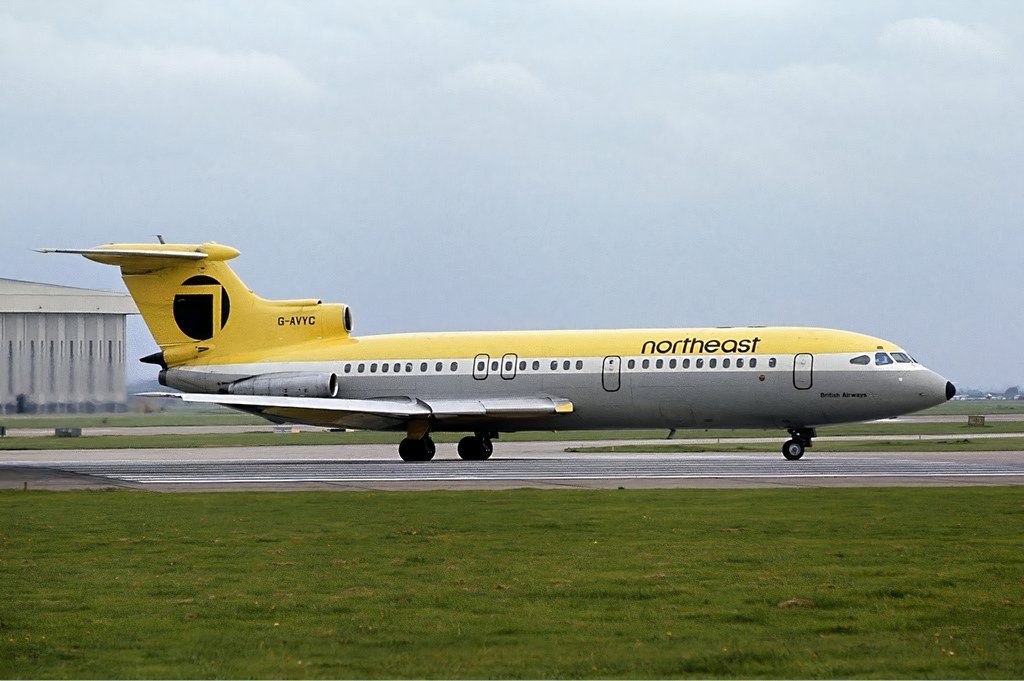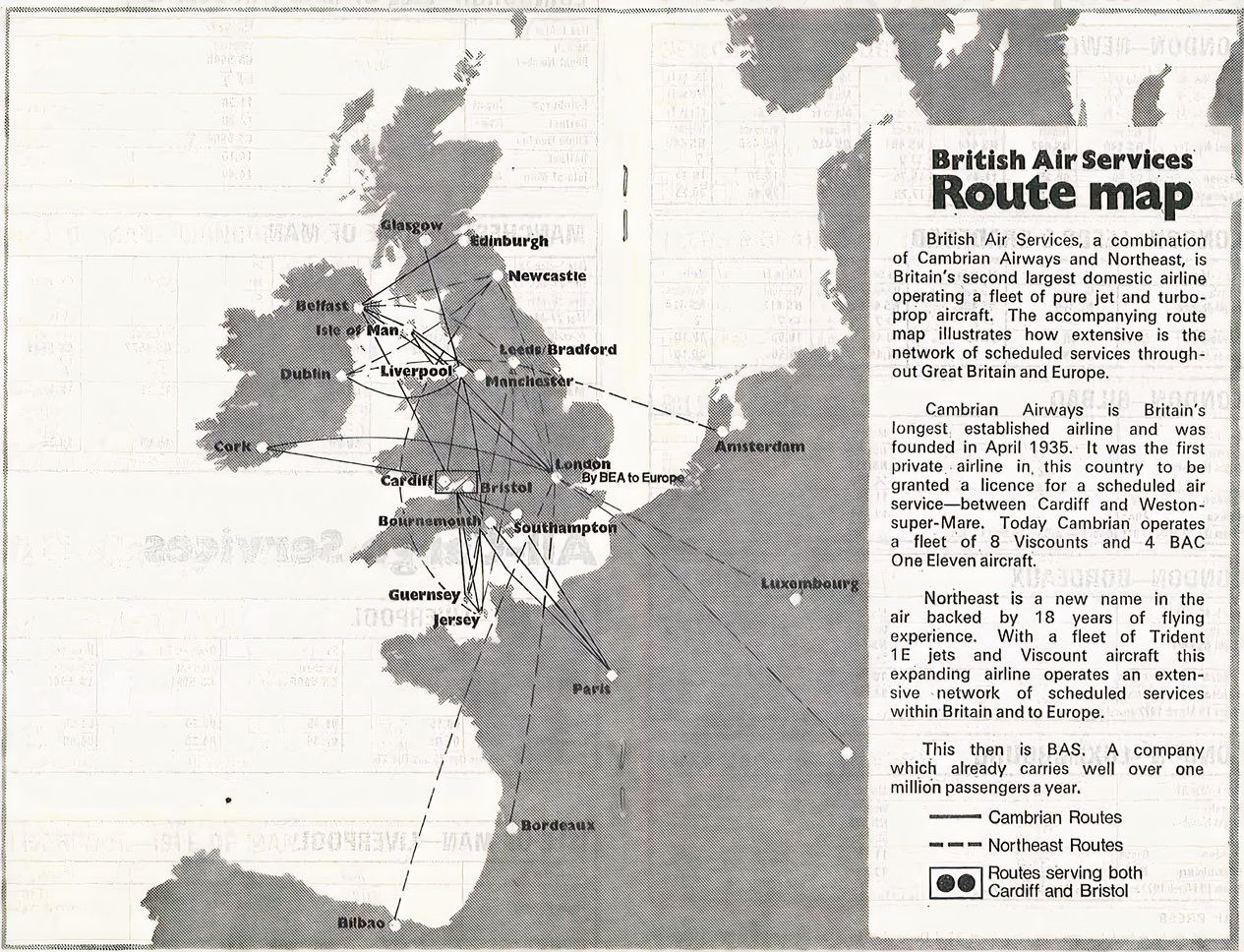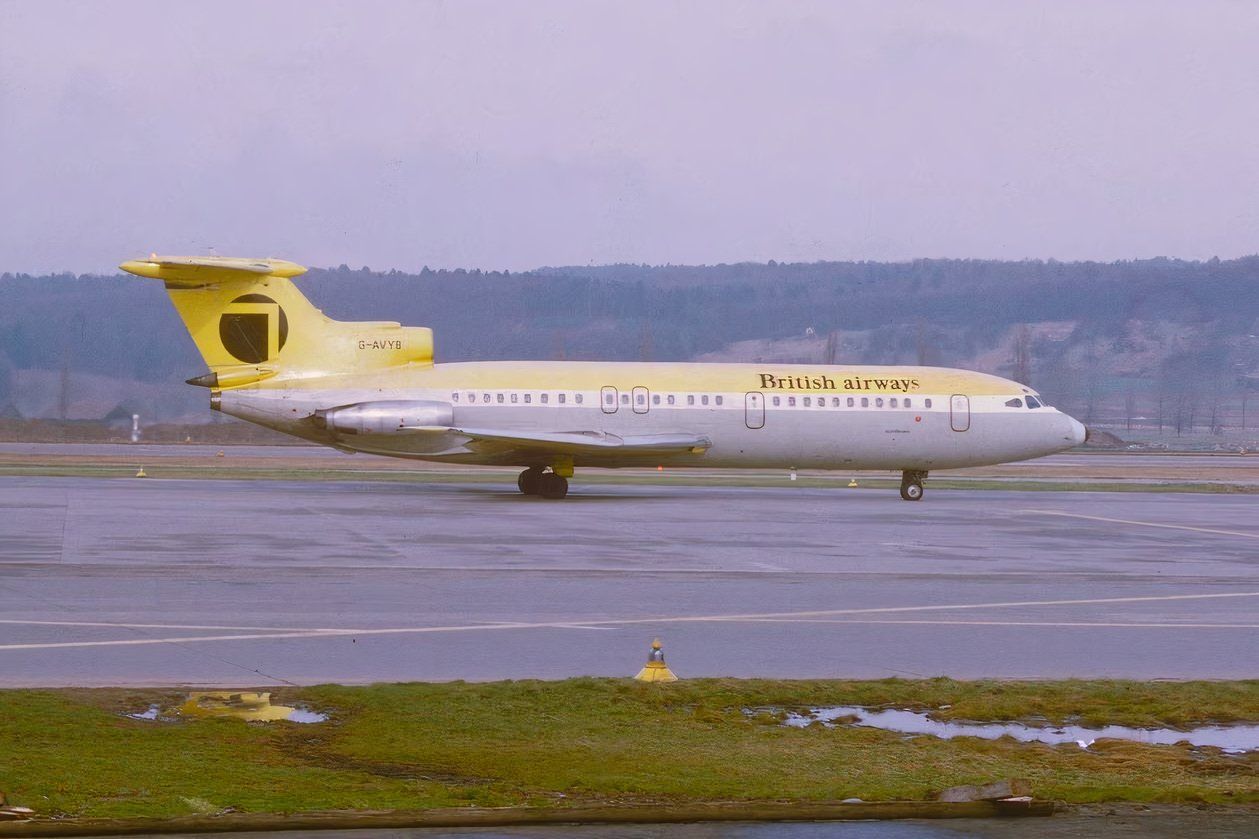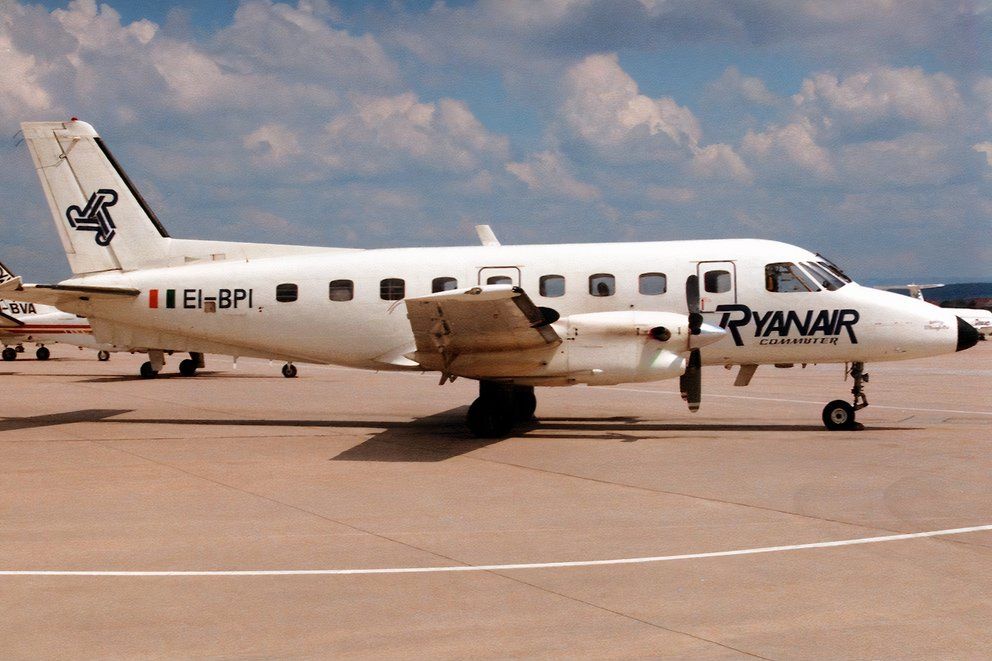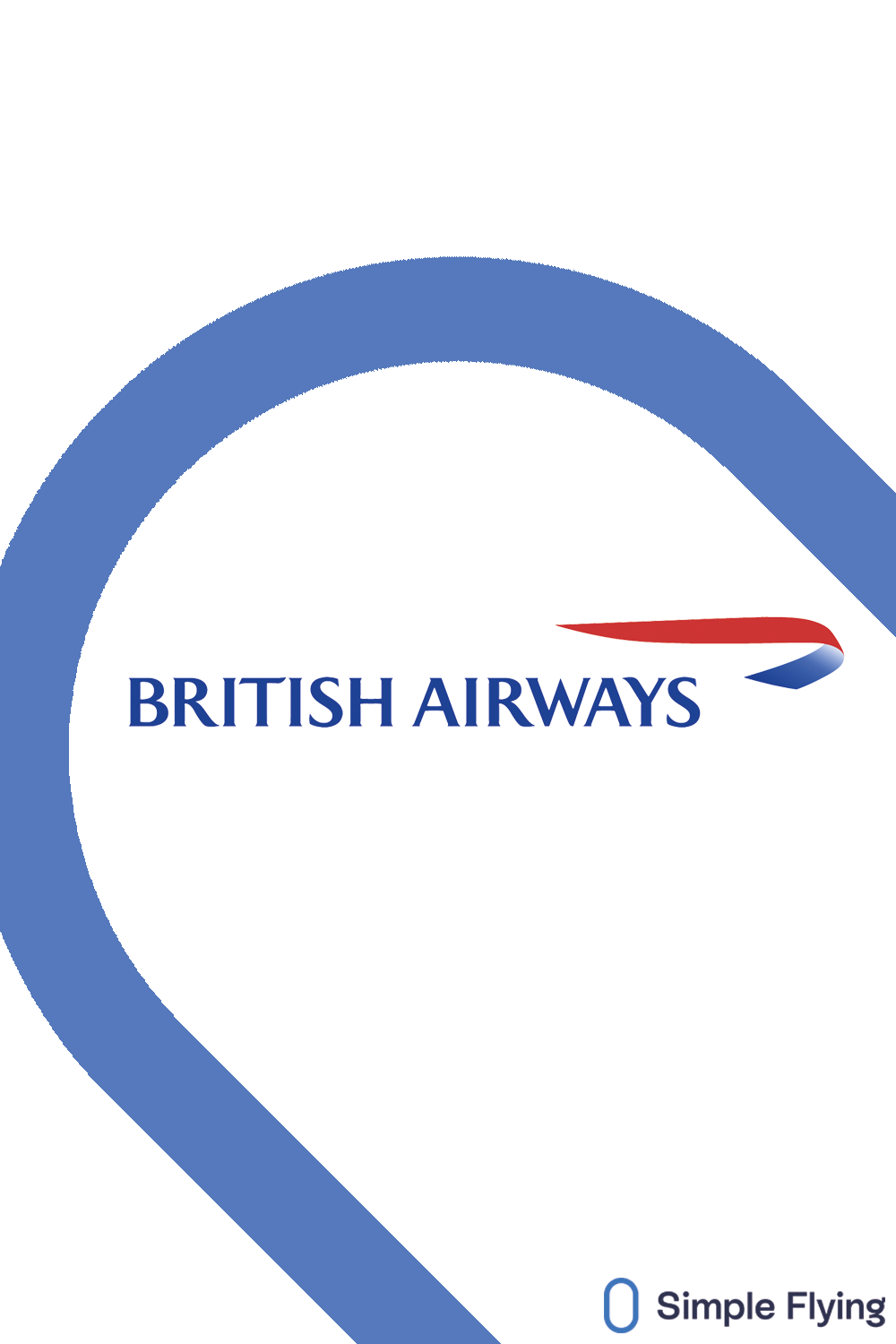Summary
- Cambrian Airways was the oldest of the two smaller carriers that merged with BOAC and BEA to form BA, commencing operations in 1935.
- Northeast Airlines initially began as a freight service, and transformed into a passenger airline in the northeast corridor and with extensive flights to Europe.
- British Air Services was the initial holding company for Cambrian and Northeast Airlines before merging into British Airways in 1974.
It was 50 years ago that British Airways (BA) in its current guise was formed. As any aviation enthusiast can tell you, it was created through the merger of British Overseas Airways Corporation (BOAC) and British European Airways (BEA) to form the new flag carrier of the United Kingdom.
But what far less people know is that while BOAC and BEA made up the vast majority of the new BA in terms of aircraft and employees, they were but two of the four carriers that were actually merged on April 1st 1974. The other two were Cambrian Airways and Northeast Airlines, regional airlines in 1970s Britain, but now largely forgotten. So let’s take a moment to remember them, and what they brought to the merger and what would become one of the world’s largest and most successful airlines.
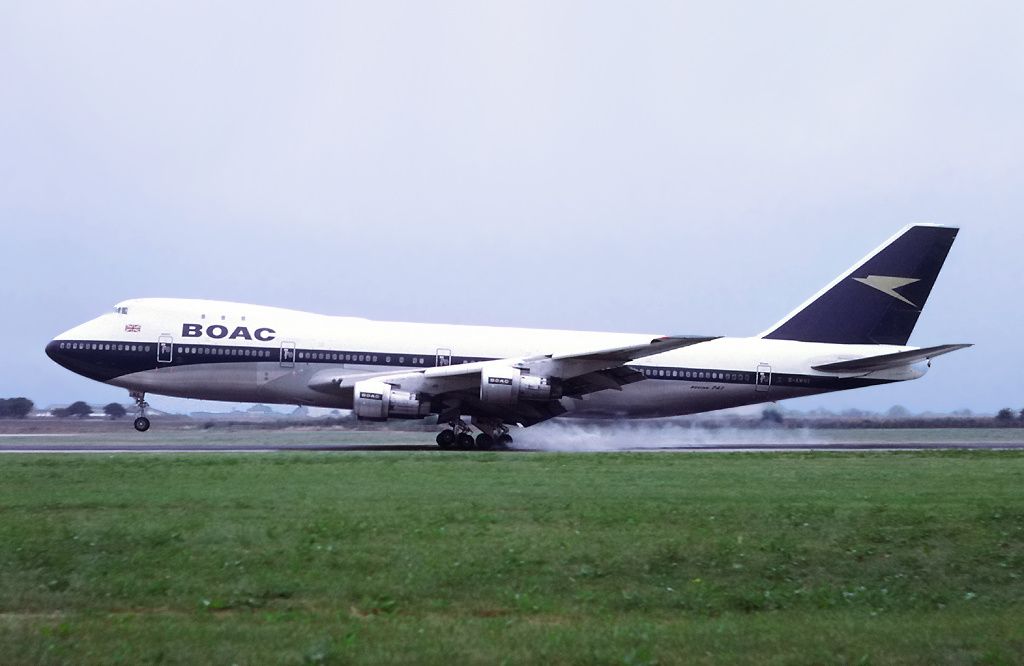
Related
Why Did BEA Merge With BOAC To Form British Airways?
Looking back at the historic merger.
Cambrian Airways: The Welsh Airline
|
Founded |
1935 |
|
Operating Hubs |
Cardiff, Liverpool |
|
Key Destinations |
London, Manchester, Glasgow, Edinburgh, Bristol, Southampton, Jersey, Guernsey, Isle of Man, Belfast, Dublin, Cork, Paris |
|
Historical Fleet |
de Havilland Dragon Rapide, de Havilland Dove, de Havilland Heron, Douglas DC-3 Dakota |
|
Fleet at Merger |
BAC 1-11 Series 400 (4), Vickers Viscount 700/800 (8) |
Cambrian Airways was the oldest of the two regional carriers, originally founded in 1935 in Cardiff as the first (but not the last) Welsh Airline. It was the first British airline to re-commence operations after World War II, using de Havilland Dragon Rapides on regional services to destinations such as Birmingham and Jersey. Over the next decade, Cambrian acquired 2-engine de Havilland Doves and 4-engine de Havilland Herons as it expanded its services to French airports, including Paris.
Photo: Strikernia | Shutterstock
The 1960s saw significant growth for Cambrian. It started the decade by adding eight ex-BEA Douglas Dakota (DC-3) airliners, but then quickly started replacing them one-for-one with the Vickers Viscount turboprop from 1963. These were utilized in Cardiff as well as Cambrian’s new base in Liverpool, opening up charter services as far as Rimini, Palma, Nice, Valencia and Barcelona.
By the end of the decade, Cambrian had also received the first of four BAC One-Elevens, which mostly operated on higher traffic services to London, Dublin and Paris. Cambrian saw the One-Elevens as ideal regional jets, and going into the 1970s it had plans to acquire at least ten more in order to expand services into Europe.
Northeast Airlines: From packages to passengers
|
Founded |
1935 |
|
Operating Hubs |
Newcastle, Leeds/Bradford, London |
|
Key Destinations |
Manchester, Belfast, Dublin, Jersey, Guernsey, Isle of Man, Amsterdam, Paris, Luxembourg, Bilbao, Bordeaux |
|
Historical Fleet |
Airspeed Ambassador, Bristol Britannia, Bristol 170 Freighter, Douglas DC-3 Dakota, Hawker Siddeley HS 748, Vickers Viking |
|
Fleet at Merger |
Hawker Siddeley Trident (4), Vickers Viscount 700/800 (12) |
By contrast, Northeast Airlines had a shorter lifespan that was initially rooted in freight services. Founded as BKS Air Transport in 1952, with a base at Southend Airport, the airline initially used a small fleet of Douglas Dakotas (DC-3) to fly regional freight services. After being granted permission to operate scheduled services, it acquired three Vickers Vikings in 1955 and five pressurized Airspeed Ambassadors in 1957.
This led to a rapid transformation of the airline. It established operating bases at Newcastle and Leeds/Bradford, and began operating regional flights to London, Belfast, Dublin, Isle of Man, Teesside and Jersey. Further expansion of the fleet included adding twelve Vickers Viscounts from 1961, five Hawker Siddeley HS 748s from 1962, and four Bristol Britannias from 1964.
Like Cambrian, BKS entered the jet age at the end of the 1960s, but instead of the BAC One-Eleven, it chose the Hawker Siddeley Trident. It ultimately acquired four of them, and they took pride of place on high volume routes such as Newcastle-London, as well as providing scheduled and charter services to further flung destinations such as Bilbao, Biarritz, Santander, Bordeaux and other Mediterranean destinations.
The formation of British Air Services
While the growth of Cambrian and BKS had been impressive, their fleet acquisitions and network expansions had come at a great cost, and both were hemorrhaging money by the mid-1960s. The British government was keen to support them in order to maintain regional air services, as well as provide at least token competition to BEA, but decided against any specific plans for state control.
Instead, a new holding company was established in 1967 called British Air Services (BAS), which was 70% owned by BEA and 30% by the former shareholders of Cambrian and BKS. Both airlines were placed within the holding company, with the idea being that they could work together, as well as jointly utilize BEA’s expertise and extended European network to enable efficiencies and growth opportunities.
Photo: Koboldmaki | Pinterest
The merger into British Airways
As part of this transformation, BKS underwent a name change and became Northeast Airlines in early 1970. And while both Cambrian and Northeast retained their separate identities, a glance at the Cambrian Airways timetable from 1971 shows both Cambrian and Northeast flights listed together. The route map (below) is also provided for British Air Services with both carriers displayed, and notably, has a callout to links with BEA to Europe in London.
However, this arrangement was short-lived, because just a year later following the recommendations of the 1969 Edwards Report, a new British Airways Board combining BEA (including BAS) and BOAC was constituted. British Airways itself came into being in 1974, and while the aircraft of Cambrian and Northeast continued flying for another couple of years in their own colors or with hybrid branding, by 1976 both airlines had made their last flights and disappeared forever.
The combination of BEA, Cambrian and Northeast would go on to form the heart of BA’s UK and European networks in the decades ahead. But in a twist of fate, the pioneering spirit of these regional carriers would go on to inspire a new regional competitor a decade later. Launching its first service in 1984 from Waterford to London Gatwick using a single Embraer EMB-110P1 Bandeirante, it would go on to rapidly overtake BA on its home turf, and become Europe’s largest airline.

